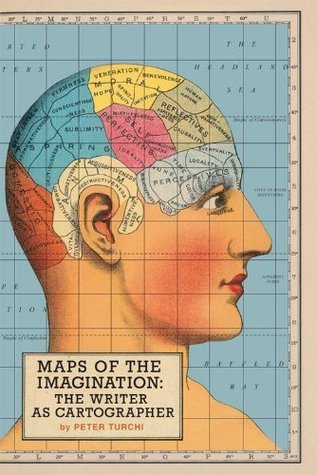What do you think?
Rate this book


243 pages, Kindle Edition
First published September 21, 2004
"In a surprising number of novels, the characters are effectively jobless; they have been granted psychic vacations from work by the author. Their occupations might be named, but they have no employers, no colleagues, no pressing work-related obligations; which is to say, they live in a world very different from that of most readers. (Long ago … I noted that the Hardy boys, unfettered by schoolwork, lived in an endless teenage vacation.) In other novels, characters have no parents, no aunts or uncles, no grandparents; they celebrate no birthdays, anniversaries, or holidays. While we are often invited to watch characters copulate, we less often watch them defecate (an observation, not a complaint), and relatively few if any words are devoted to the nearly half of each day they spend sleeping and eating, dressing and undressing, trimming their nails, paying their bills. All of which is to say, even epic novels are silent about much in their characters' lives." (Chapter 2, pp. 42-43)